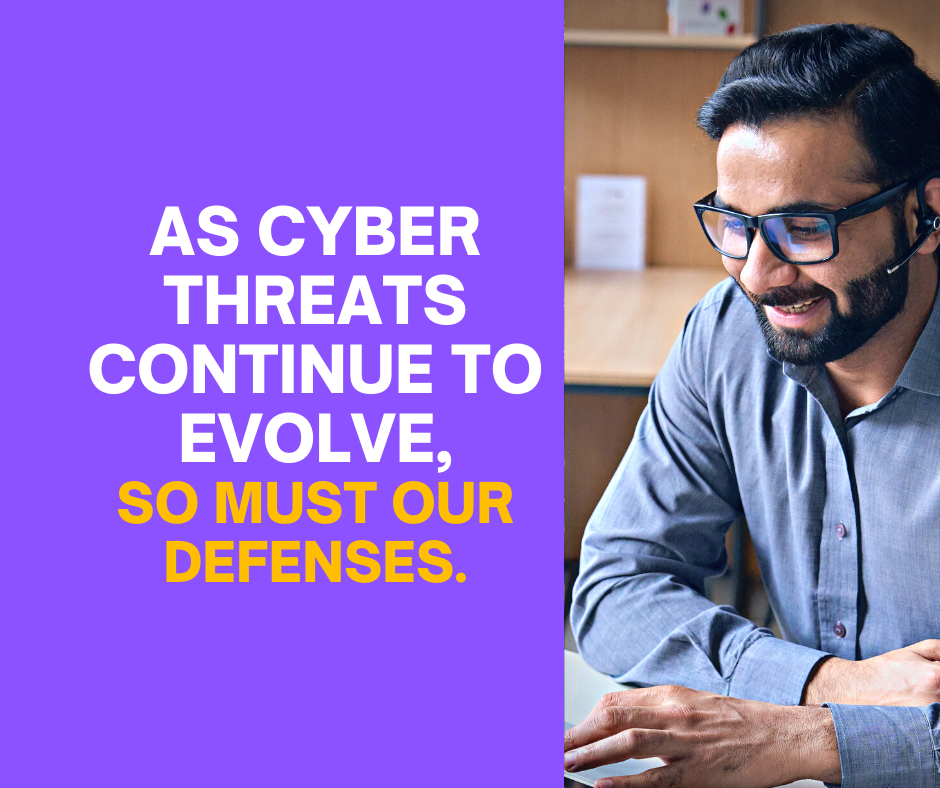As cyber threats loom large in our increasingly digital world, protecting networks, devices, and data has become paramount. Endpoint Detection and Response (EDR), a comprehensive security measure, has emerged as a crucial shield against such threats. This blog post will discuss the core aspects of EDR, including its pivotal components: forensic tools, analytics engine, data logs, and security policies.
EDR is a robust security solution safeguarding vital endpoints like laptops, servers, and mobile devices. Unlike traditional antivirus software, EDR offers superior capabilities such as real-time monitoring, detection, investigation, and response to potential threats. It provides a holistic view of endpoint activities, facilitating quick reactions to reduce risks.
Forensic tools are at the heart of EDR. These tools allow IT staff to investigate security breaches comprehensively, perform root cause analyses, assess damage, and develop recovery plans. Understanding the attacker’s motivations and tactics equips organizations to prevent similar attacks in the future.
The analytics engine is another cornerstone of an EDR solution. It processes vast volumes of data to provide insights into attack patterns. The engine, powered by advanced algorithms and machine learning, can detect real-time anomalies, enabling organizations to neutralize threats before they inflict significant damage. Its ability to learn from patterns enhances its predictive capabilities, reinforcing network defenses over time.
EDR solutions also maintain comprehensive data logs that record endpoint activities. These logs, a goldmine of information for post-incident investigations and audits, help organizations identify vulnerabilities, improve security measures, and maintain regulatory compliance.
Security policies, including virus and privacy protection, application and device control, IPS, and firewall policies, complete the EDR solution. These policies provide a layered defense against different types of threats. For instance, IPS policies integrated with EDR can proactively detect and prevent network intrusions, while firewall policies control inbound and outbound traffic, securing critical assets from unauthorized access.
EDR also provides granular control over network applications and devices. Organizations can manage which applications are installed or accessed on endpoints, minimizing the risk of unauthorized or harmful applications compromising network security. Moreover, device control policies define the devices that can connect to the network, reducing the potential for data breaches.
Virus and privacy protection policies are critical components of EDR. These policies utilize advanced algorithms and machine learning to detect and prevent malware infiltration. By identifying suspicious endpoint behaviors, EDR protects sensitive data, bolsters network security, and ensures compliance with privacy regulations.

As cyber threats continue to evolve, so must our defenses. Incorporating EDR into your network security strategy is essential. EDR’s multi-faceted approach to security, enhanced by robust security policies, provides fortified protection against advanced cyber threats. Review the benefits of Palo Alto EDR, CrowdStrike, and Trellix EDR applications.
As a CISO, it is imperative that you keep pace with the ever-evolving threats by integrating EDR solutions with continuous monitoring, detection, and response capabilities into your network security. Working with reliable cybersecurity providers will help tailor EDR solutions to fit your organization’s needs, strengthening network security and ensuring data privacy. In a world where cyber threats are constant, prioritizing implementing EDR solutions will keep you a step ahead.
Full-Stack IT Services: Infinavate Consultancy Services has a 20 year history as a national, boutique and Certified Minority Owned IT Solutions and Consulting Firm. Our core business offerings include business process automation, digital transformation, and cybersecurity fortification.

“We asked for specific skill sets and we got it [from Infinavate]. We required a high degree of acumen that we had a hard time finding resources for.” – CSL Plasma

